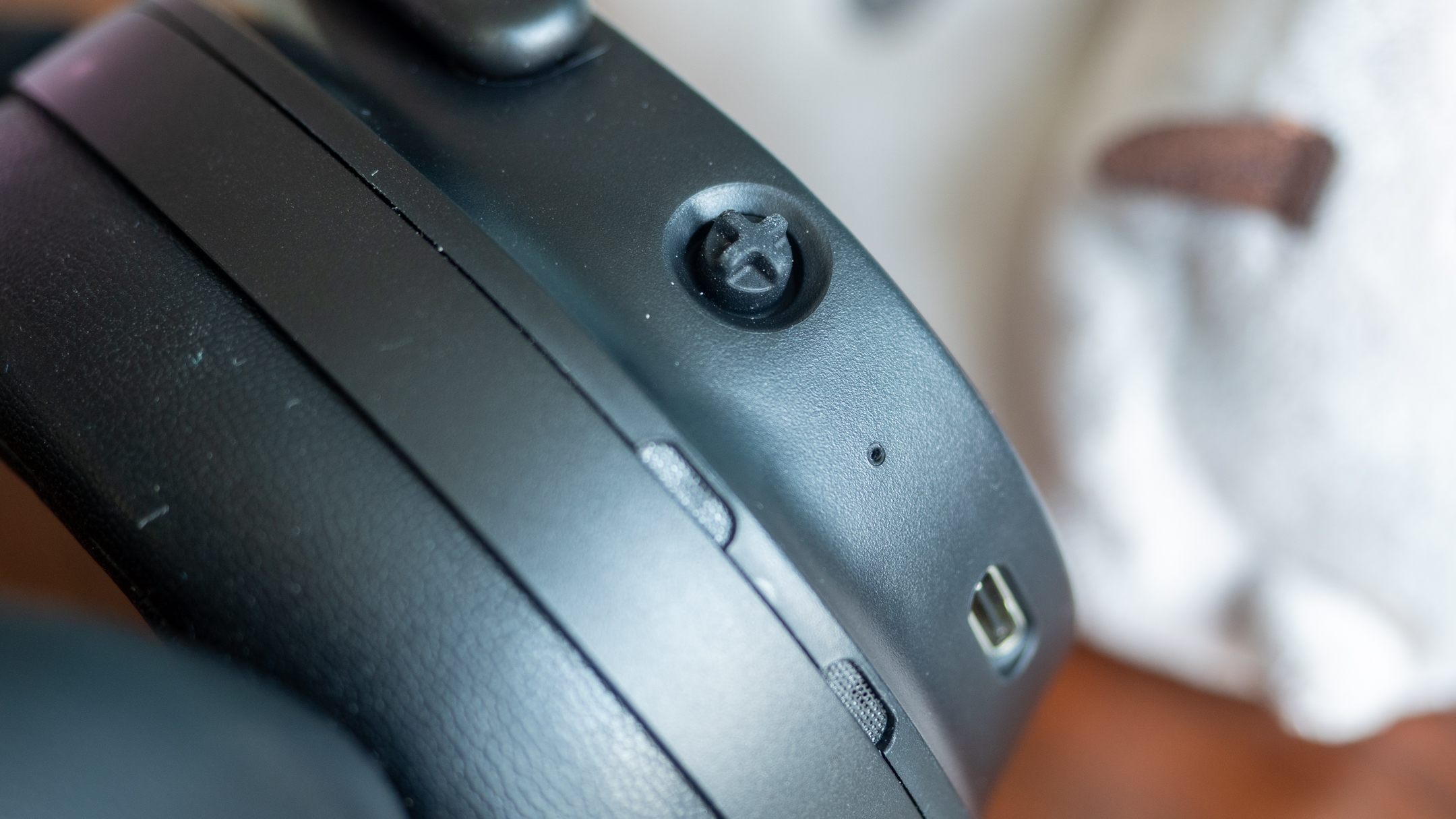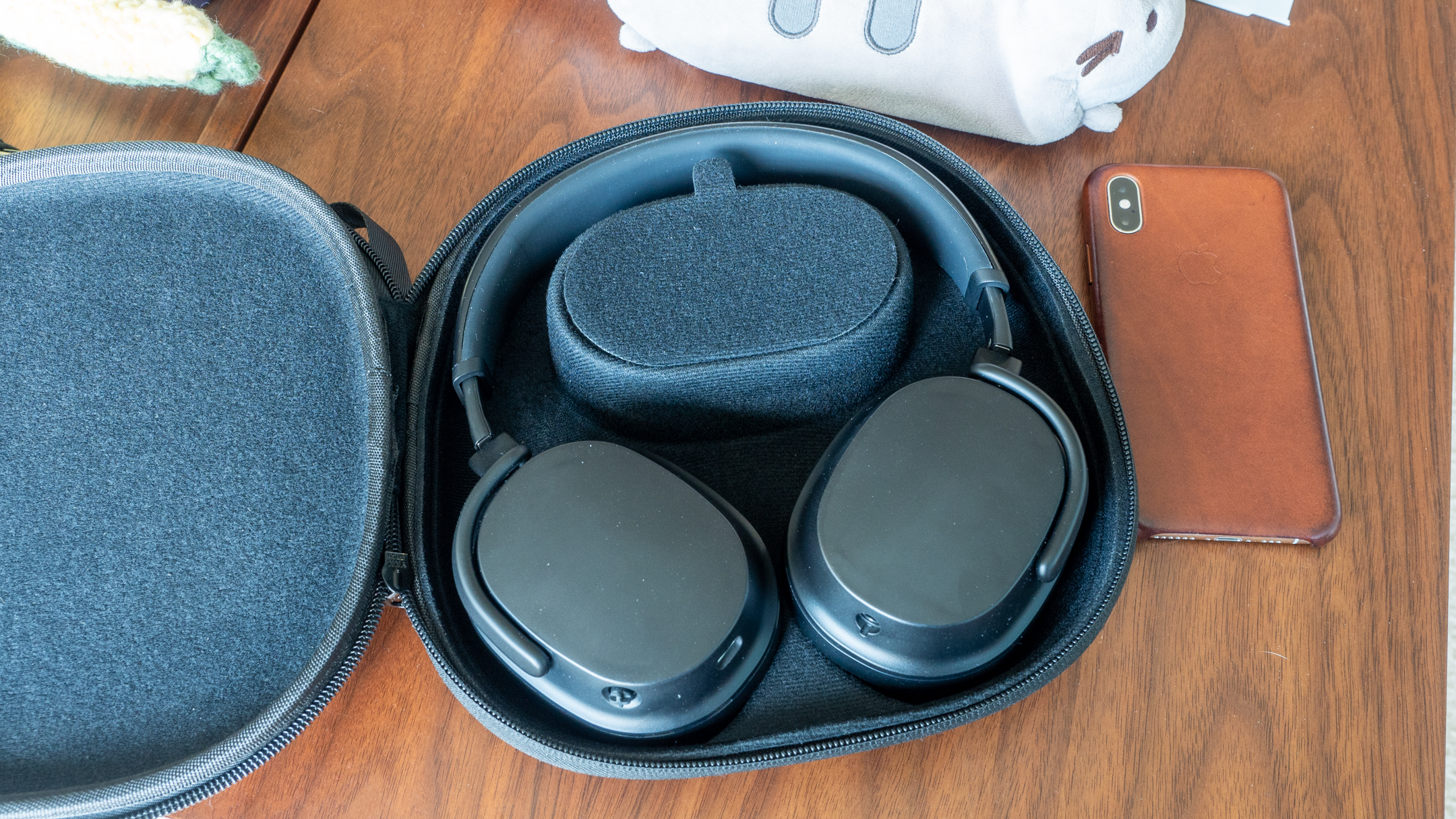TechRadar Verdict
The Drop + THX Panda is one of the best sounding wireless headphones you can buy but its high price comes with a few sacrifices. Build quality is great but the headphones are heavy and get uncomfortable after several hours. The Panda also lacks ANC or customizable features, making them a niche product for music lovers.
Pros
- +
Best-in-class sound quality
- +
Robust build quality
- +
Intuitive controls
Cons
- -
Heavy and slightly uncomfortable
- -
Average noise isolation
- -
Lacks ANC
Why you can trust TechRadar
Drop, formerly known as Massdrop, has a history of excellent collaborations with audio companies like NuForce, Sennheiser, and THX to create lower-cost alternative versions of some of the most famous headphones ever created.
With its latest partnership, Drop and legendary Hi-Fi studio THX have teamed up again to design a headphone with the goal of creating one of the best-sounding wireless headphones on the market: The Drop + THX Panda.
The result is one of the best sounding wireless headphones we’ve heard to date, but for the price of $400 (about £310, AU$604), it lacks many of the ease-of-use features found on other wireless headphones in its price range, like customizable active noise cancellation (ANC), customizable EQ, and built-in digital assistant support.
That said, what you’re paying for is a well-built headphone with excellent sound quality and if you don’t care about “nice-to-have” features and performance is your top priority, it’s hard to do better than the Drop + THX Panda.
Price and release date
The Drop + THX Panda will start shipping out to IndieGoGo backers in August 2020, with general availability on Drop.com to follow afterwards. The headphones are slated to cost $400 (about £310, AU$604), which puts them slightly above the cost of our other wireless headphones like the Sony WH-1000XM3 that might not sound as good as this does, but offers active noise cancellation.

Design
If the design of the Drop + THX Panda looks familiar to you, it’s because it’s based off of the Oppo PM series of headphones. With Oppo’s audio division shuttered, Drop saw the perfect opportunity to use a proven design - utilizing the planar ribbon drivers that Oppo used in its PM series of headphones - and the result is great.
Overall the design is very understated: there’s no branding on the exterior of the headphone and you’ll only find a small “Drop” logo on the inside of the left earcup fork. Externally, the headphones feature a matte-black-everything look that would fit in anywhere from the boardroom to the gym.
Sign up for breaking news, reviews, opinion, top tech deals, and more.

Drop chose to use plastic, cast aluminum, and protein leather for the Panda’s materials. Not only do the headphone feels substantial and extremely well put together, but the protein leather earpads provide good isolation and are comfortable. The downside is that the choice of using aluminium and a heavy planar magnetic drivers means the headphones are quite heavy at 350 grams. Compared to the Bose NC700, the Pandas are over 27% heavier.
We found that the weight combined with the headband design resulted in some discomfort on top of the head after several hours of use.
The Drop + THX Panda features intuitive controls via a single rubberized joystick on the right earcup, similar to what we’ve seen on Marshall headphones like the Marshall Mid ANC. Volume is controlled by toggling up/down, track forward/back is toggled with left and right respectively, play/pause requires a single click, and power on/off is a long press. The controls are intuitive and someone can figure out how to control the headphones without a manual within minutes.
In terms of IO, there’s a USB-C charging port and 3.5mm aux jack for using the Drop + THX Panda in wired mode.

Performance
In terms of sound quality, the headphone’s tonal balance is close to neutral while still maintaining musicality across genres. Bass is deep, rich, and textured without being overwhelming. Mids highlight vocal performances well and highs are never fatiguing, even at high volumes. The Drop + THX Panda sounds fun without straying too far from accuracy. In contrast, we found the Beyerdynamic Amiron Wireless’s sound to be more accurate but we prefer the warmth and punch of the Pandas.
After spending a week with the Drop + THX Panda, it was striking moving back to lesser sounding headphones. The Pandas provide dynamic range, texture, and resolution that most other over ear wireless headphones just can’t match.
While soundstage is just average, imaging is excellent and all genres of music just sounded effortless played through the Drop + THX Panda. Also impressive is the fact that the headphones sound identical in both wireless and wired modes, meaning you’ll never have to sacrifice sound quality if juice runs out.

In terms of specs, the Drop + THX Panda supports LDAC, aptX, aptX HD, aptX adaptive, AAC and SBC codecs. For Android users who have a phone that supports LDAC, it’s possible to play high-res files at the highest quality. It’s also nice to see multi-point audio, which lets you connect to two devices simultaneously.
The additional codecs are great for audiophiles, but we wish these headphones offered active noise cancellation. Yes, the Pandas do a good job of isolating noise to an extent but we found ourselves turning up the volume to combat external noise from conversations and the high-frequency roar on the train.
Battery life of the Drop + THX Panda is excellent and we had no problem reaching the 30+ hours of playback at 50% volume. The headphones get extremely loud and never sound strained, which can’t be said about most wireless headphones on the market. This is a testament to the amplifier THX created for this headphone.

Final verdict
The Drop + THX Panda is one of the best sounding wireless headphones we’ve heard at any price. However, they are still a niche product as competitors in the same price range offer so many more features.
If you only care about having the best sound quality from a wireless over ear headphone, it’s hard to beat the Panda. But if you’re a frequent traveler, it’s difficult to recommend the Panda because of its lack of ANC.
In terms of competitors, the Beyerdynamic Amiron Wireless provides more of a reference studio-monitor sound but is less “fun” and quite a bit more expensive at $700 (£699, AU$999). The Sony WH-1000XM3 is our choice for most people shopping in the $300-400 price range thanks to its balance of features and sound quality. While the WH-1000XM3 sound good, the Panda will best it in terms of detail, texture, and impact. The Bose Noise Cancelling Headphones 700 are the king of comfort, but its sound quality leaves a lot to be desired.
- Want a few more options? Check out our list of the best wireless headphones

